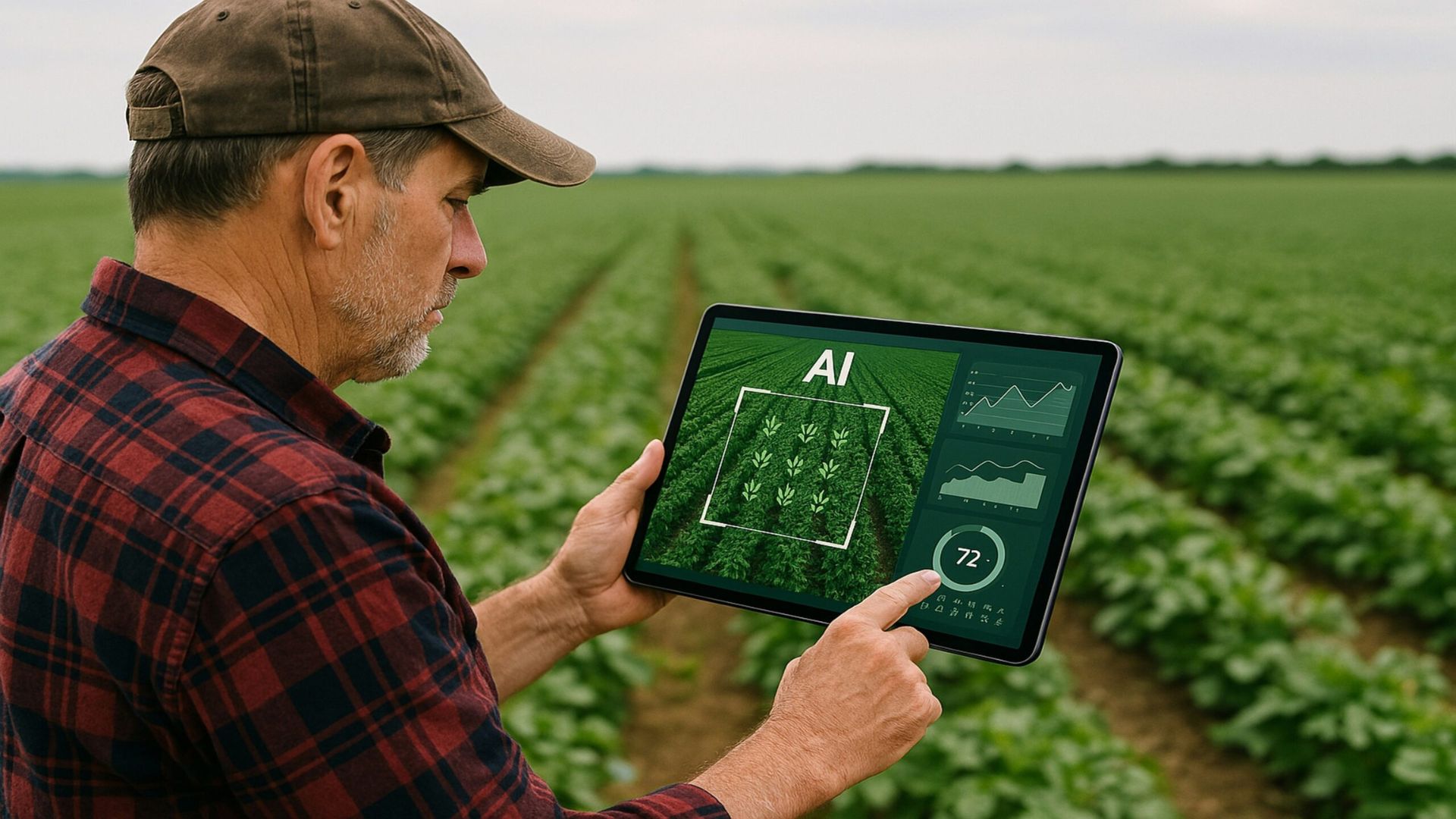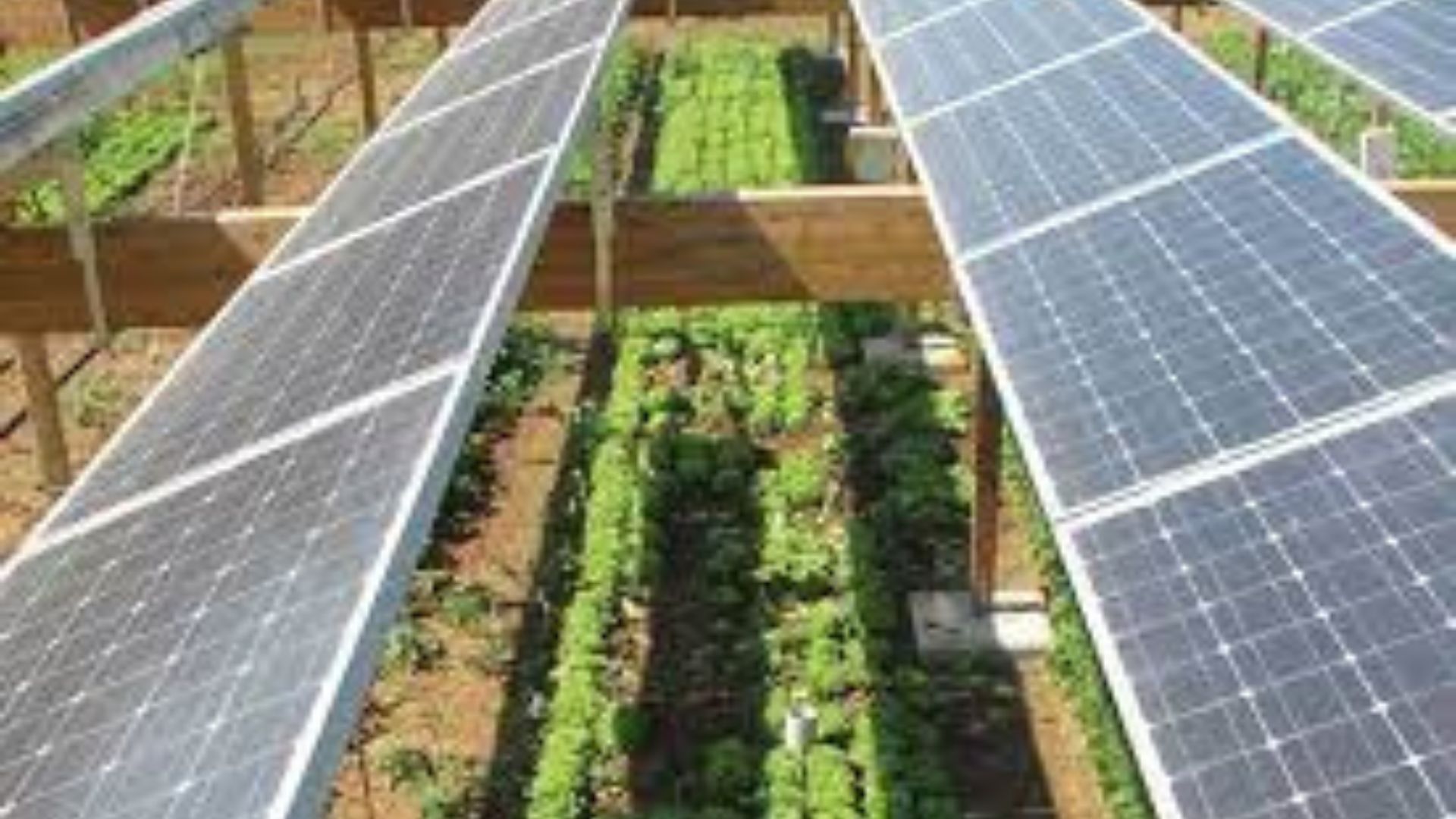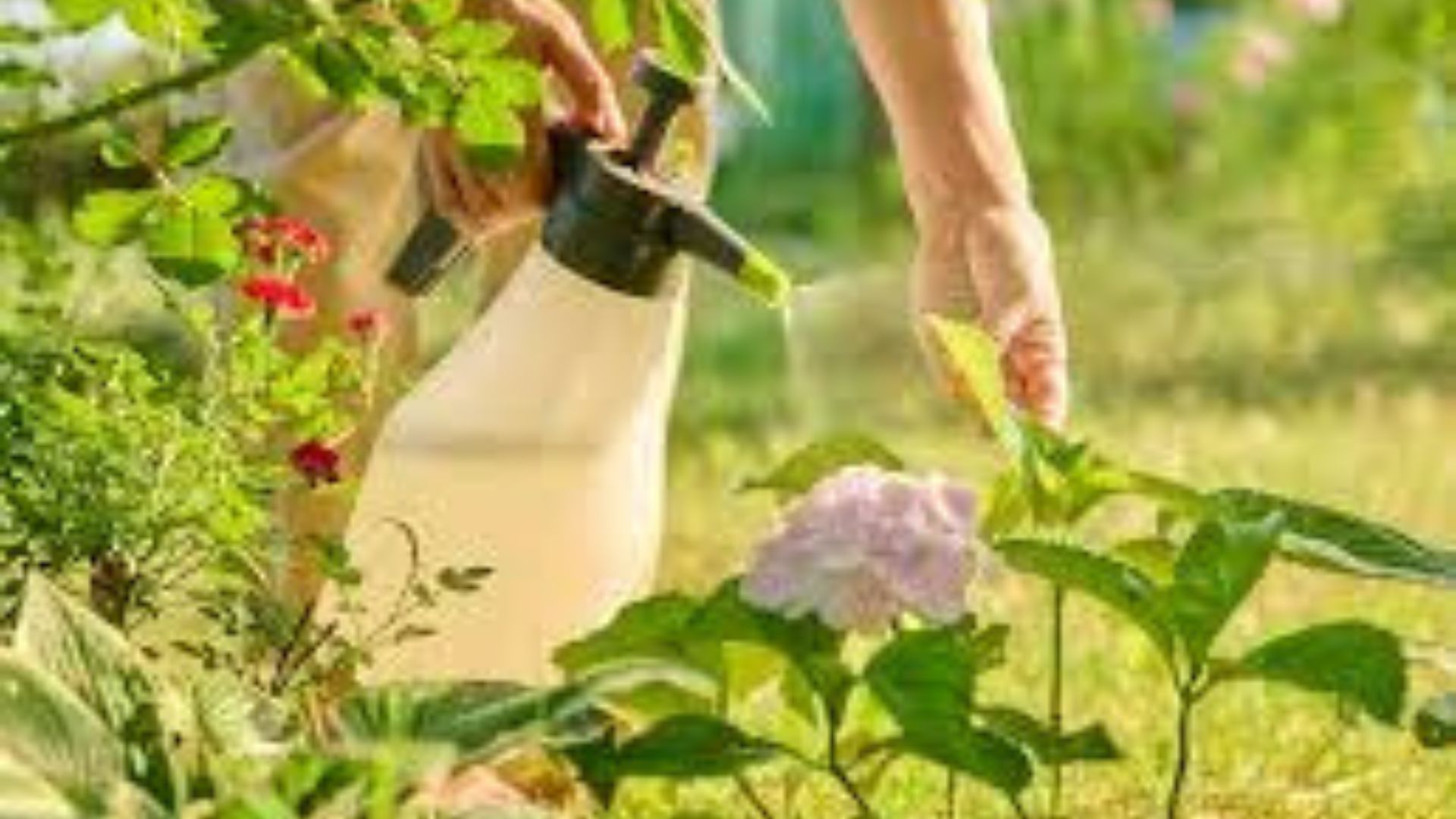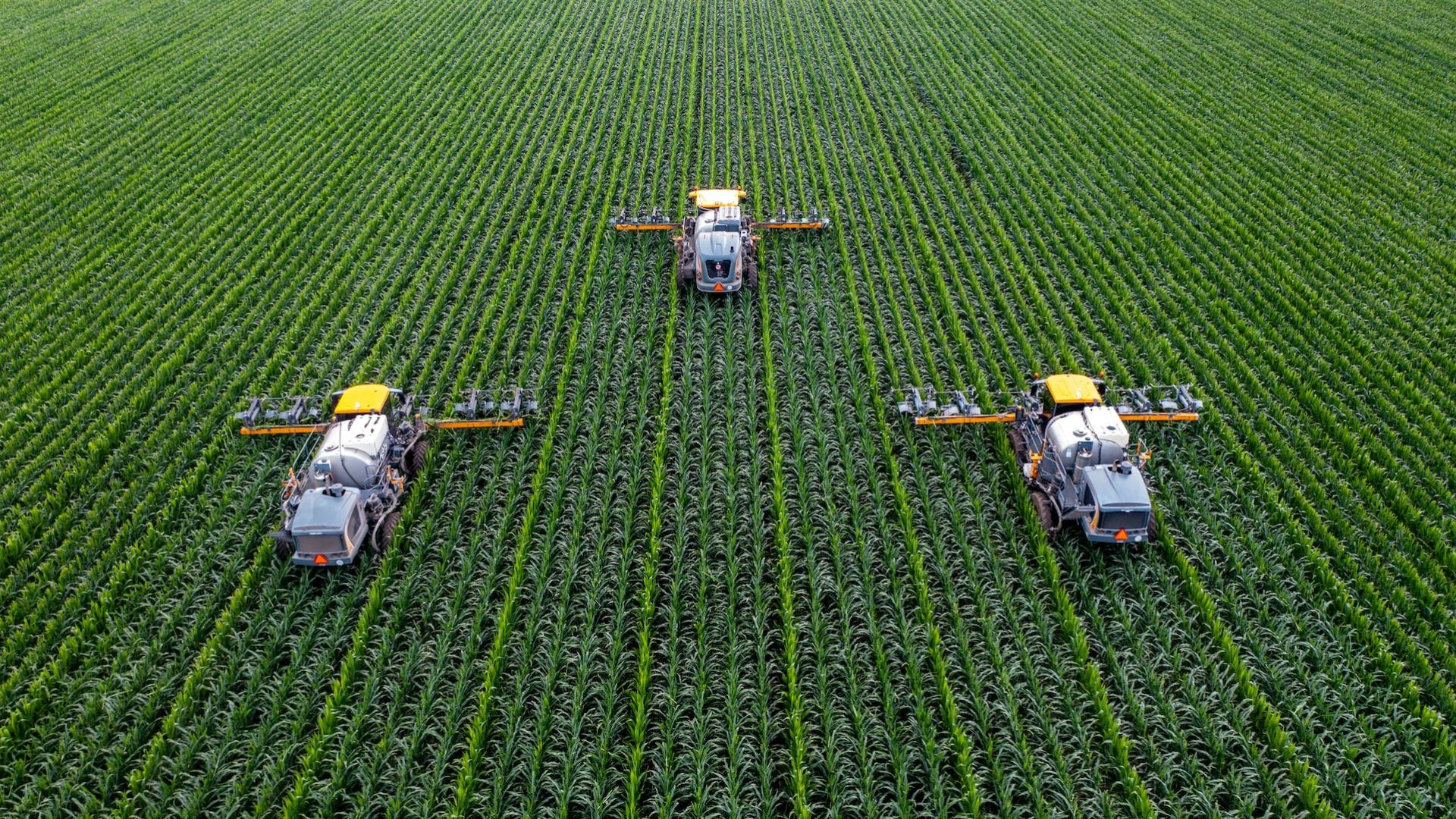Modern tools improve green farming by increasing efficiency, reducing labor, and enhancing crop yields. Across South Africa and globally, farmers are using technology to optimize resources, manage soil health, and monitor crop growth. By combining traditional knowledge with innovative tools, green farming becomes more productive and sustainable. These tools help farmers grow healthier crops while conserving water, reducing waste, and protecting the environment.
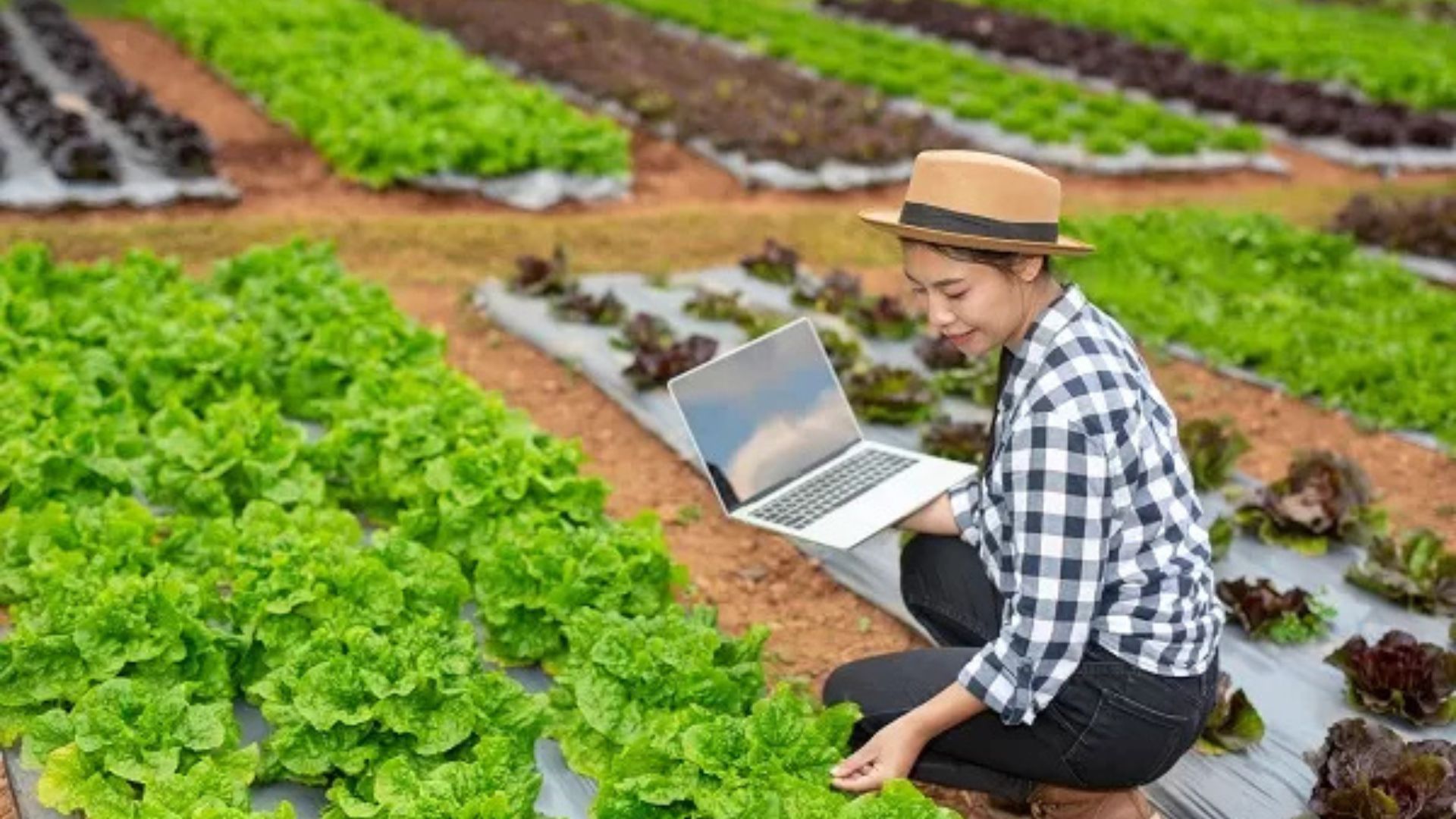
Benefits of Using Modern Tools in Green Farming
Implementing modern tools offers several advantages. First, they improve productivity by providing precise information about soil and crop conditions. Second, they reduce labor and time, allowing farmers to focus on planning and management. Third, technology helps reduce waste by applying water, fertilizers, and pesticides only where necessary. Finally, these tools support sustainability by conserving resources and promoting eco-friendly practices.
Economic Advantages
Farmers who use modern tools in green farming benefit economically. By increasing yields, they generate higher profits. Efficient resource use lowers costs for water, fertilizers, and energy. Tools such as automated irrigation and soil sensors minimize crop losses and optimize growth, ensuring consistent output. As a result, both small-scale and large-scale farms can remain profitable while adopting sustainable practices.
Environmental Advantages
Modern tools support environmentally friendly farming. Precision irrigation systems reduce water waste. Soil sensors monitor nutrient levels, preventing over-fertilization. Drones and smart monitoring detect pest problems early, minimizing chemical use. Overall, these tools help maintain soil health, reduce pollution, and enhance biodiversity. By using technology, green farming can meet growing food demands while protecting the environment.
Key Modern Tools That Improve Green Farming
Several tools are essential for modern green farming. They help farmers make informed decisions, save resources, and increase crop yield.
1. Soil Sensors
Soil sensors provide real-time data on moisture, pH, and nutrient levels. This information allows farmers to irrigate efficiently, add fertilizers only when needed, and avoid overuse. Sensors improve soil health and prevent unnecessary environmental damage.
2. Automated Irrigation Systems
Automated irrigation systems deliver water directly to plant roots. Drip irrigation and smart sprinklers reduce water waste and ensure crops receive adequate moisture. These systems are ideal for areas with limited water availability, making green farming more sustainable.
3. Drones and Aerial Imaging
Drones capture aerial images to monitor crop health, detect pests, and identify stressed areas. Farmers can respond quickly to issues, reducing crop loss and chemical use. Drones also help map fields for better planning and precision farming.
4. Farm Management Software
Farm management software tracks planting schedules, fertilizer application, irrigation, and harvest data. It enables farmers to plan efficiently, reduce mistakes, and optimize labor. Data-driven decisions lead to higher yields and better resource management.
5. Hydroponics and Vertical Farming Systems
Hydroponics and vertical farming tools allow crops to grow without traditional soil. These systems save space, reduce water use, and allow year-round production. They are particularly useful in urban areas and for farms with limited land availability.
6. Renewable Energy Tools
Solar-powered pumps, automated sensors, and energy-efficient lighting reduce dependence on fossil fuels. Using renewable energy tools supports sustainability, lowers operating costs, and ensures consistent farm operations.
Best Practices for Using Modern Tools
Farmers should follow key best practices when implementing modern tools in green farming:
-
Conduct a needs assessment to select the right tools
-
Start with small pilot projects before scaling up
-
Combine technology with traditional knowledge
-
Train staff on proper use and maintenance
-
Regularly monitor data and adapt practices accordingly
Challenges and Solutions
Modern tools can have challenges, including high initial costs, lack of technical knowledge, and maintenance needs. These can be addressed through government subsidies, cooperative purchasing, and training programs. Over time, the benefits of higher efficiency, better yields, and environmental protection outweigh the costs, making technology a worthwhile investment.
Conclusion
Modern tools improve green farming by increasing efficiency, boosting yields, and promoting sustainable practices. Tools such as soil sensors, automated irrigation, drones, farm management software, hydroponics, and renewable energy solutions enable farmers to make informed decisions, conserve resources, and protect the environment. By adopting these tools, South African farmers and communities worldwide can create productive, resilient, and eco-friendly farms. Modern technology ensures that green farming is both profitable and sustainable, meeting the growing global demand for food while safeguarding natural resources.






